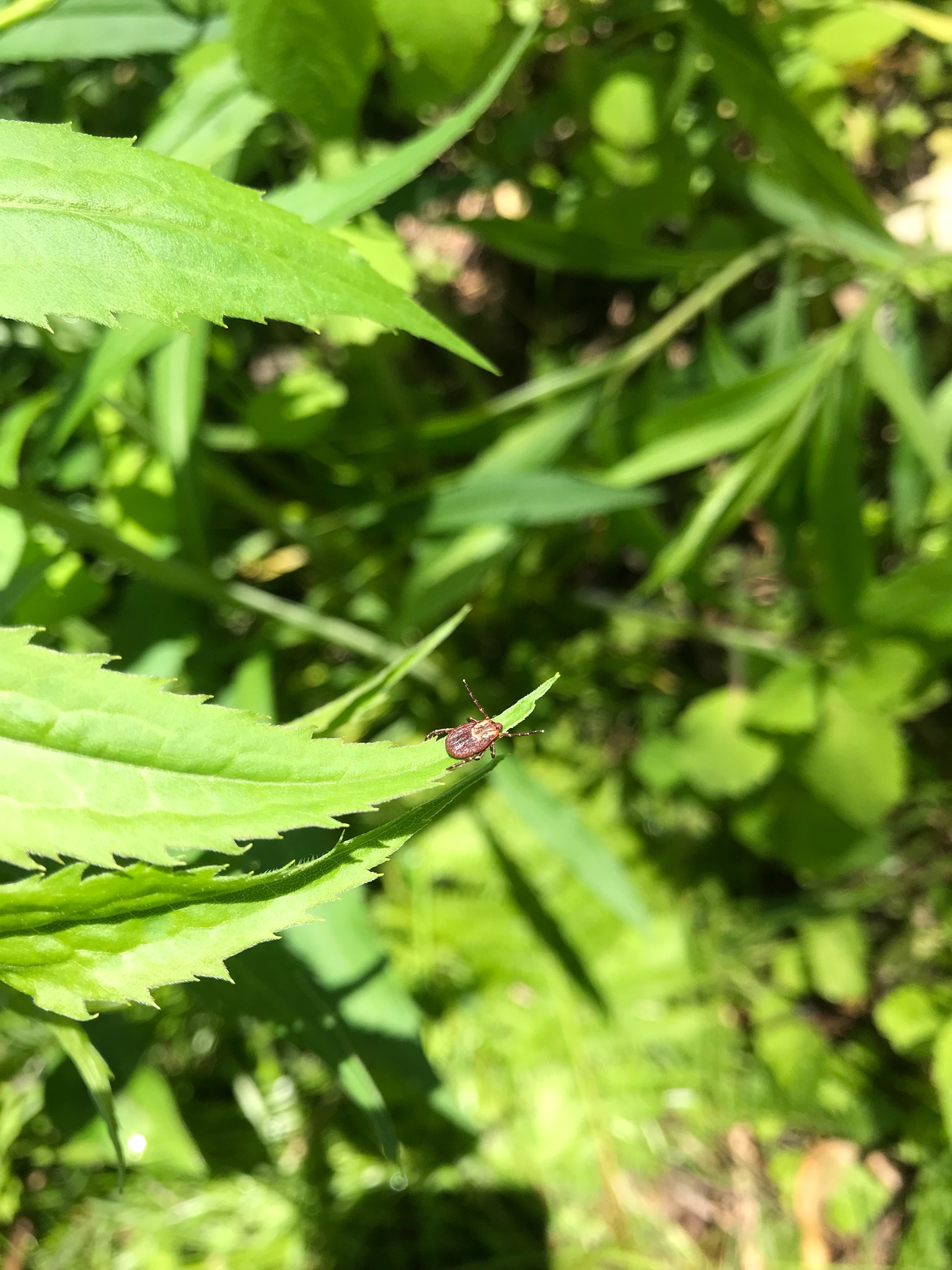For the months April – June of 2025 we have received over 3406 ticks. This is a 36% increase from our previous years Spring/Summer peak season. However, it’s not just our laboratory that is experiencing an increase of ticks, ticks are shifting geographically and their populations are drastically increasing. So what’s the major cause of this influx of ticks throughout North America? Well, we can break it down into two main categories:
Indirect Influences
- Rapid changes in land use – the development of housing in forest areas allows for many connections to form via forest patches, which makes it convenient for ticks to travel to other habitats. Ticks may also hitch rides on migratory birds for long distances, which exposes them to many urban and suburban locations.
- Forest fragmentation – which is the separation of a large continuous area of forest into smaller sections has been notoriously linked to tick population increase. In the Northeast the shift from making forests into agricultural and logging/firewood collection lands jump-started the increase in tick populations.
Direct Influences
- Temperature – a ticks life cycle is heavily intertwined with temperature and climate. Maturation of ticks, questing behavior, shorter/longer life-cycles, and population increase are some of the offsets temperature differences can alter. There are many tick species just within the United States alone, and of these species, some, like the Lonestar tick, are able to withstand hotter and drier climates compared to the deer tick, which is still sensitive to desiccation (depletion of moisture). However, deer ticks have adapted to this by reducing activity when the conditions call for it. They shelter beneath leaf litter to prevent mortality during dry/extremely hot temperatures, which is why we highly encourage people to remove leaf litter from their yards.
-White-tailed deer benefit from forest fragmentation because they thrive in the environments (edge habitats) created by it, which allows them to have little to no natural predators.
-A main vector for Lyme disease; the white-footed mouse also benefits heavily from forest fragmentation as they specifically are able to survive easier in the smaller patches created via fragmentation, rather than in a large habitat.
- Humidity – as touched on previously, humidity plays a large role in tick activity, questing behavior specifically. Questing behavior in ticks usually revolves around them looking for a suitable host to obtain a blood meal from. Notably, with most ticks, they will sit on a blade of grass with their legs out-stretched until something or someone brushes up against them. Areas with higher humidity, or with longer days/weeks of humidity are extremely favorable for ticks. They are able to quest longer and in return are able to potentially infect more hosts since they don’t have to worry about drying out. In more humid climates ticks are able to have a higher reproductive success/rate – which directly influences future tick density.

